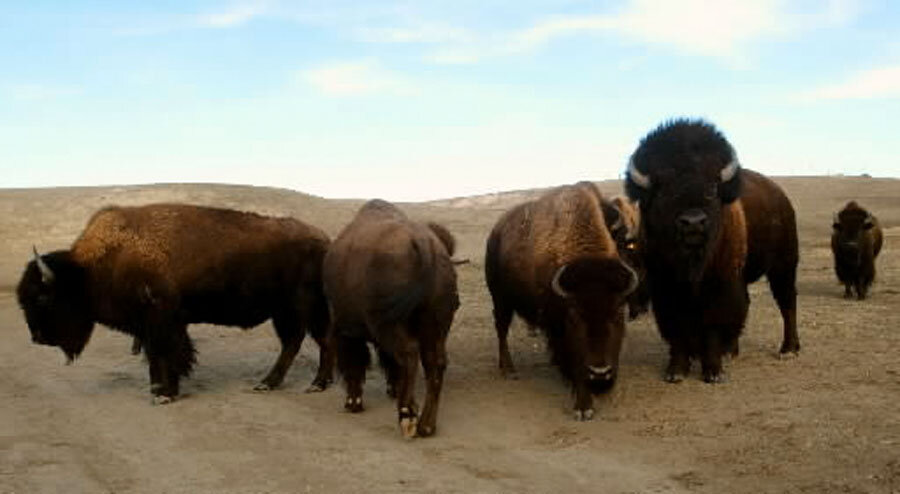Buffalo Buffalo buffalo buffalo buffalo buffalo
Loading...
Dear reader, I know what you’re thinking, but it’s not true. The typesetter has not run amok.
The headline is designed to get your attention as an illustration of the glorious flexibility of the English language.
The fullest version of the sentence I have in mind is too long for the space: “Buffalo buffalo Buffalo buffalo buffalo buffalo Buffalo buffalo.”
Original authorship is claimed by William J. Rapaport, associate professor emeritus of computer science at – where else? – the University at Buffalo, The State University of New York.
As the professor recounts, the creation of this wonderful bit of prose began in 1972, when, as a graduate student in a course on the philosophy of language, he was told that the following was a grammatical sentence: “Dogs dogs dog dog dogs.”
To unpack that a bit – “The kind of dogs that other dogs dog (or pester, or hound, we might say) themselves dog (or pester or bother) other dogs.”
Well, of course. It makes perfect sense – in a language that often dispenses with relative pronouns (“dogs that other dogs dog”) and flips verbs into nouns and nouns into verbs as swiftly as a circus juggler sends his clubs into orbit.
But, as Rapaport relates on his Web page, “Several of us students found the plural ‘s’ endings to lack a certain aesthetic simplicity, and we searched for a better word.”
This led him to “Buffalo buffalo buffalo buffalo buffalo.” This one has the same syntax as the “dog” sentence. But buffalo as a verb has a range of meanings: to bully, bamboozle, coerce, or confuse, to name a few. Thus: “The kind of buffalo that other buffalo bully, or bamboozle, themselves bully or bamboozle other buffalo.”
So far, we’ve got a “buffalo” sentence using one word five times as two parts of speech – noun and verb. But “Buffalo” can also be a proper noun. It’s the name of a couple dozen towns or cities across the United States, as well as in Canada, Australia, and South Africa. And a place name can be a modifier, or can serve as an adjective, in other words, as in “Buffalo wings” or “New York strip steak.” This leads us to the duplicative, but still theoretically possible, “Buffalo buffalo” – bison that reside in Buffalo.
Since there is more than one place called “Buffalo,” and we can imagine the buffalo of one Buffalo being more forceful, or coercive, or bamboozlesome, than those of another, we can get to “Buffalo Buffalo buffalo buffalo buffalo Buffalo buffalo.” And so like our juggler, tossing one more club into the air (how does he do it?) we add a third part of speech – adjective. (I’m figuring buffalo from Buffalo, N.Y., the biggest “Buffalo,” are the ones doing the buffaloing.)
Steven Pinker, in his 1994 book, “The Language Instinct,” cited an eight-word “buffalo” sentence: “Buffalo buffalo Buffalo buffalo buffalo buffalo Buffalo buffalo.”
He parsed it thus: “(The) Buffalo buffalo [i.e., the buffalo who live in Buffalo] (that) [other] Buffalo buffalo (often) buffalo (in turn) buffalo other Buffalo buffalo.”
Professor Pinker ascribed this bit of prose to one of his former students, Ann Senghas, now an assistant professor of psychology at Barnard College of Columbia University. But Rapaport reproduces on his Web page his (fairly amicable) e-mails with Pinker, Courier font and all, in which he states his claim of prior authorship and Pinker promises to make a change in the next edition.





